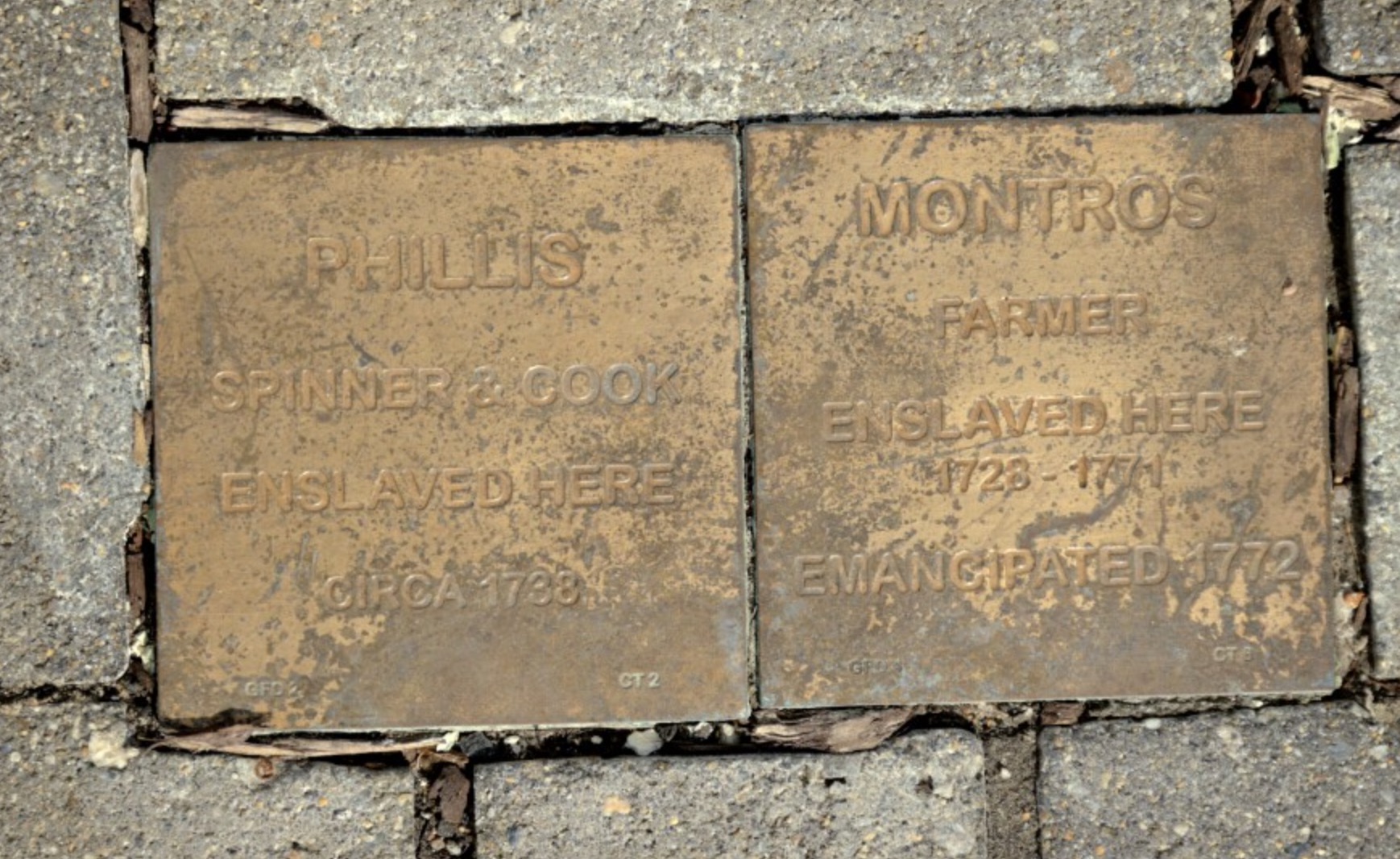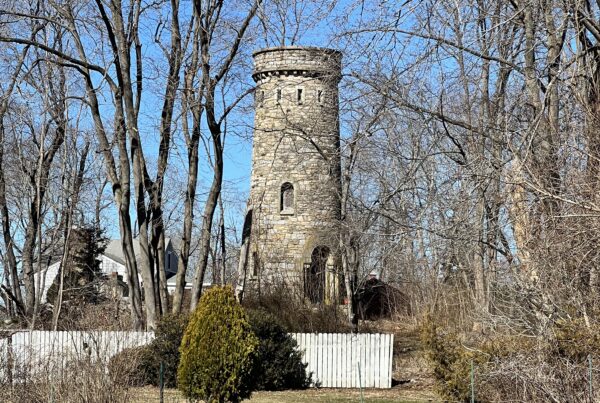
Hyland House, Guilford, Connecticut:
At 84 Boston Street near Guilford Green is an Early Colonial dwelling that was turned into a house museum by 1918. According to The Hyland House Museum, an Oxford University dendrochronology study found that the home was constructed in 1713. Though the property originally belonged to a settler named George Hyland, he passed away twenty years before the house was built.

Hyland’s land was passed down through his family and a house was most likely constructed here by African slaves. Perhaps the laborers took direction from Hyland’s grandson, Ebenezer Parmalee Sr. who happened to be a skilled carpenter. Ebenezer and his wife (and his cousin) Anna Cruttenden eventually purchased full ownership of the home in 1719 for 40 pounds. They had eight children, however four of their boys died from an epidemic that devastated Guilford in 1736.
One the surviving Parmalee sons, Ebenezer Parmelee Jr., eventually sold Hyland House to another cousin, Seth Cruttenden. Extensive research by the Witness Stones Project has uncovered that the Parmalee’s were slave owners. In fact, three slaves are now recognized here by engraved stones with the names Candace, Phillis and Montros. Each of them were later emancipated in 1793, though at an elderly age.

A new owner emerged in 1831 when Randolph C. Wildman purchased the Hyland family home and it remained in the Wildman family until the early twentieth century. In 1916, the house was saved from demolition and artfully restored thanks to the Dorothy Whitfield Historic Society -sometimes referred to as the “Madcap Dorothies.” This treasured parcel of Guilford is sometimes called the Hyland-Fiske-Wildman House due to its many owners over the last three centuries.

The saltbox structure boasts a center chimney, decorative corbels and crisscrossed windows. An exterior overhang of the second floor above the first floor presents extremely unique designs around the posts and cornice moulding; unlike any home in New England from that period. The corner brackets are elegantly chamfered with reversed cyma above and below and stopped with a double curve. The interior features an ornate stair balustrade and a decorative mantle above the parlour chamber fireplace.
There’s more: Click here to visit the website of The Hyland House Museum whose mission “…is to share Guilford’s rich colonial history and to inspire ongoing stewardship of that legacy.”
Learn about Hyland House’s history of slavery. Here’s a Connecticut Public Broadcasting special entitled Unforgotten: Connecticut’s Hidden History of Slavery featuring descendents of Candace:
View on Instagram: https://www.instagram.com/p/DBHrr-JPgdM/
View on Google Maps: https://maps.app.goo.gl/Vd6bpLFF6VmmguC17




